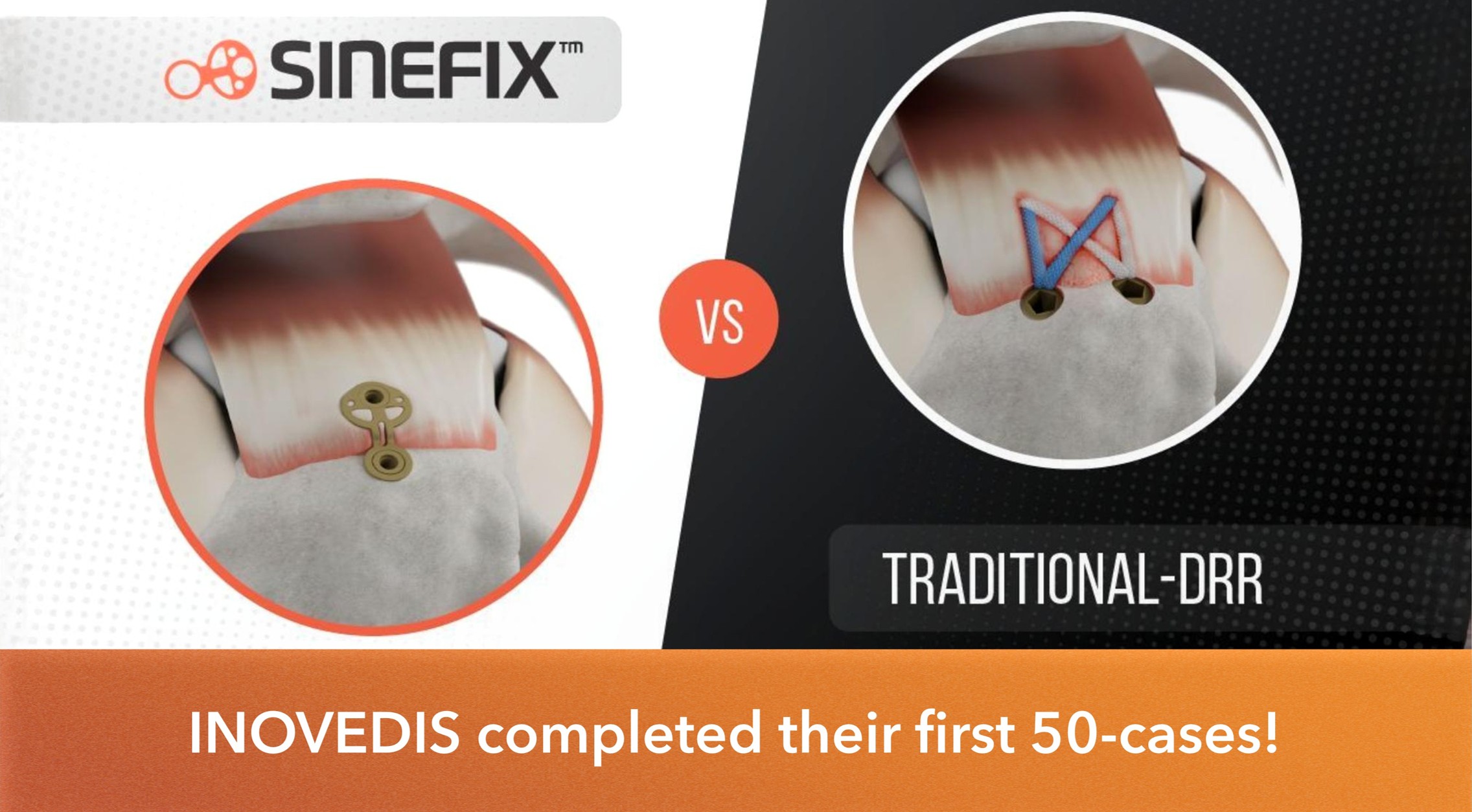MDR versus FDA for Classification of Medical Devices
Medical devices appeal to the imagination and many entrepreneurs want to raise money in order to translate their great technology into great products to help patients. Immediately after starting such an adventure the question raises about FDA MDR regulation. The main concern is to find out how to approve them and ce mark the new medical device so that it can be introduced in the world market.
This is less straightforward as you may think so let’s take a simple example of a knee prosthesis to see if there is a difference between the EU and USA market. Both markets combined are still the main targets for many startups and therefore FDA approval and CE mark are the first goals to achieve.
Rules for placing a medical device in class 1, 2 or 3
Both regulatory systems use classification rules to place the device in a Class 1, 2 or 3. The level of classification strongly determines the regulatory pathway for receiving market approval. Now the strange thing is that a product can be classified as a class III in Europe but considered as a class II in the USA or vice versa.
This has big consequences for investment and lead time before a product can be sold in the targeted market. Therefore good understanding about the product classification and the rationale behind it is essential. In our experience this aspect is often overlooked and too often we see startup companies having a great technology that can be introduced relatively well in the EU market but they completely missed the right classification in the USA market. As a result the company value drops dramatically.

Differences in medical device classification
The reason behind the differences in classification is the way the USA and the EU are considering risks. Let’s take our knee prosthesis as an example: In Europe the medical device classification is related to the amount of risks and site effects associated with the device. Joint prosthesis like Hips and Knees are very popular and that is understandable as many patients experience considerable pain relief and improvement of their quality of life. On the other side it is not unusual that patients have some long-term side effects like limitation of range of motion, a swollen knee and wear of the joint leading to revision in the long term. Because of the considerable side effects a knee joint is identified as a class III medical device.
Medical device risk management in the USA
In the USA the risk classification is treated differently. In the USA it is recognized that for knee prostheses a large amount of reviewed and published clinical data is available that discusses all aspects of a knee prosthesis. All benefits and associated risks and side effects are considered to be known. Patients that are offered a knee device are able to obtain all clinical data about knee devices to make their own decision. For this reason these devices are considered as class II devices in the USA.
An updated knee prostheses can be introduced relatively quickly in the USA market because it is not needed to perform clinical evaluation of the new product as long as the technical characteristics are equivalent to existing, already approved devices. In Europe this is not possible because the same product is classified as class III. The consequence is that a clinical trial is required to show that the associated risks and side effects are in the same range or better before market introduction can take place.
Imagine that you are a startup company based in the USA having a nice improvement of a knee prosthesis developed and approved in the USA. The business model is based on the USA and EU introduction and you did not realize that the same product is classified differently, this can have a massive impact on your business.
The knee prosthesis example is straightforward and easy to understand, however for many innovations this classification differences are not so obvious. A deep understanding of the regulatory pathway as one piece of the puzzle in the innovation stage is essential for success.




